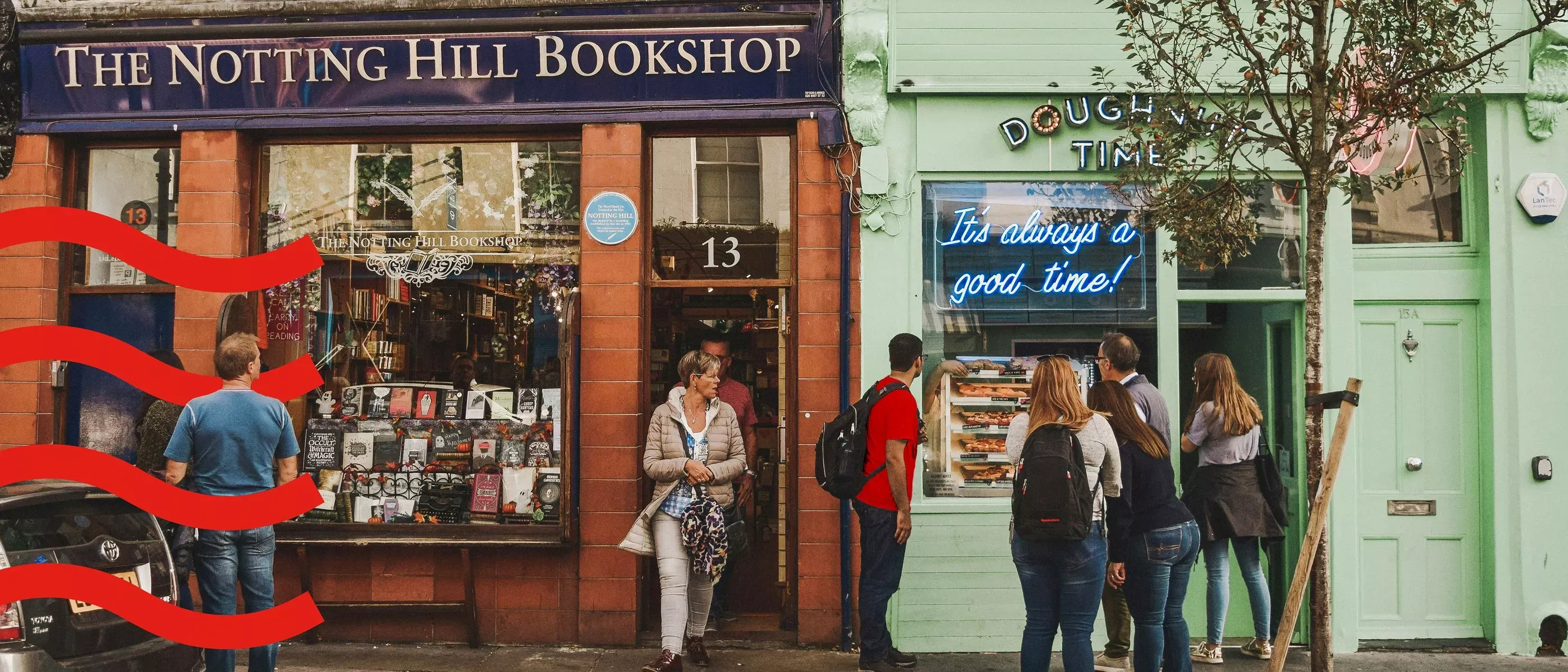
Data fuels customer acquisition
You can use data to pinpoint and reach the right potential customers – cutting down on broad prospecting and focusing your efforts where they’re most likely to pay off.
By building audience segments based on behaviours, interests or lookalike profiles, you can target people who are more likely to convert – making your acquisition campaigns more efficient, more personalised, and more effective.


“Direct mail done well converts attention to action at 10-100x the rate of any other medium.”
Rory Sutherland
Vice Chairman Ogilvy UK
The channel that senior marketing leaders swear by
When mail is targeted and useful it remains one of the great communication forms.
A piece of mail will be physically picked up, noticed and remain in a home...giving your brand a presence in the place most precious to your costumers
Mail is effectiveness cream on top off an efficiency milk.
What is customer acquisition cost (CAC)?
Customer acquisition cost (CAC) is a way to measure customer acquisition. Rather than simply measuring the number of customers a business gains, it’s important to consider costs associated with acquiring them.
Tracking the CAC helps brands to evaluate the effectiveness of different channels in relation to customer acquisition. These insights can also be used to enhance future acquisition campaigns.
How to Plan a winning customer acquisition strategy
Building an effective customer acquisition strategy starts with insight. By using data from past campaigns – along with smart audience profiling and segmentation – you can target the right people, in the right places, with the right message. Here's how to make it work.








